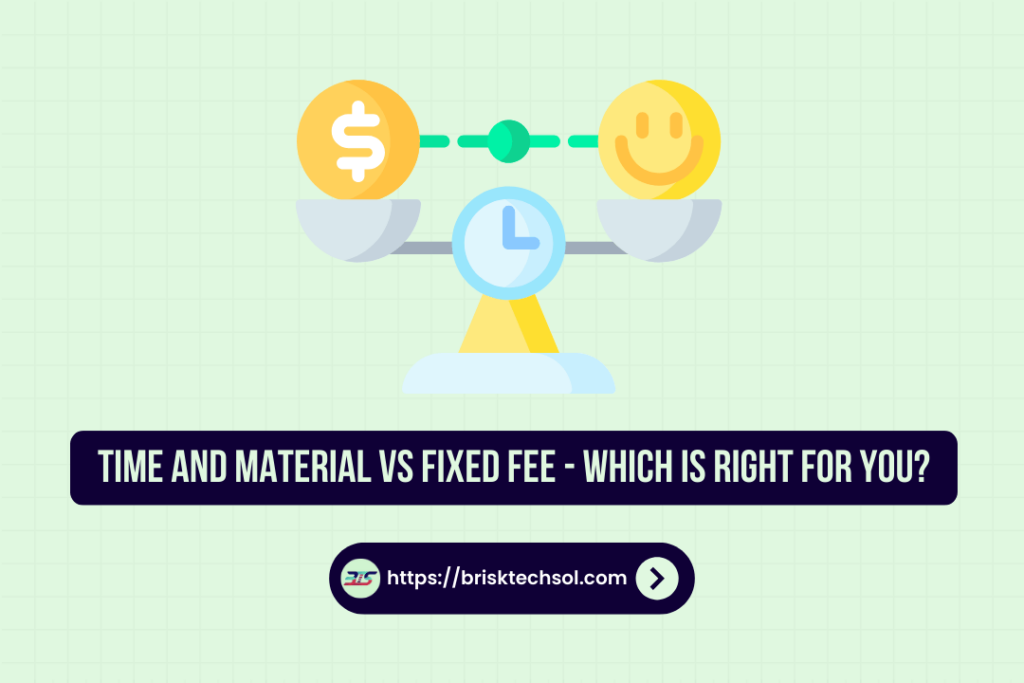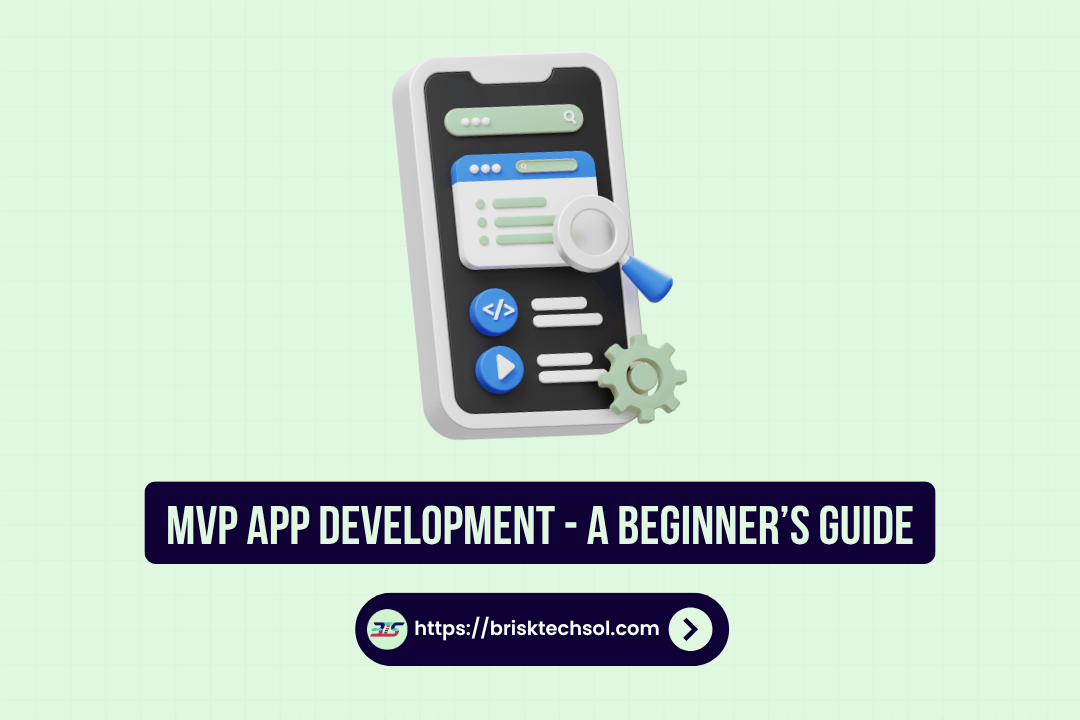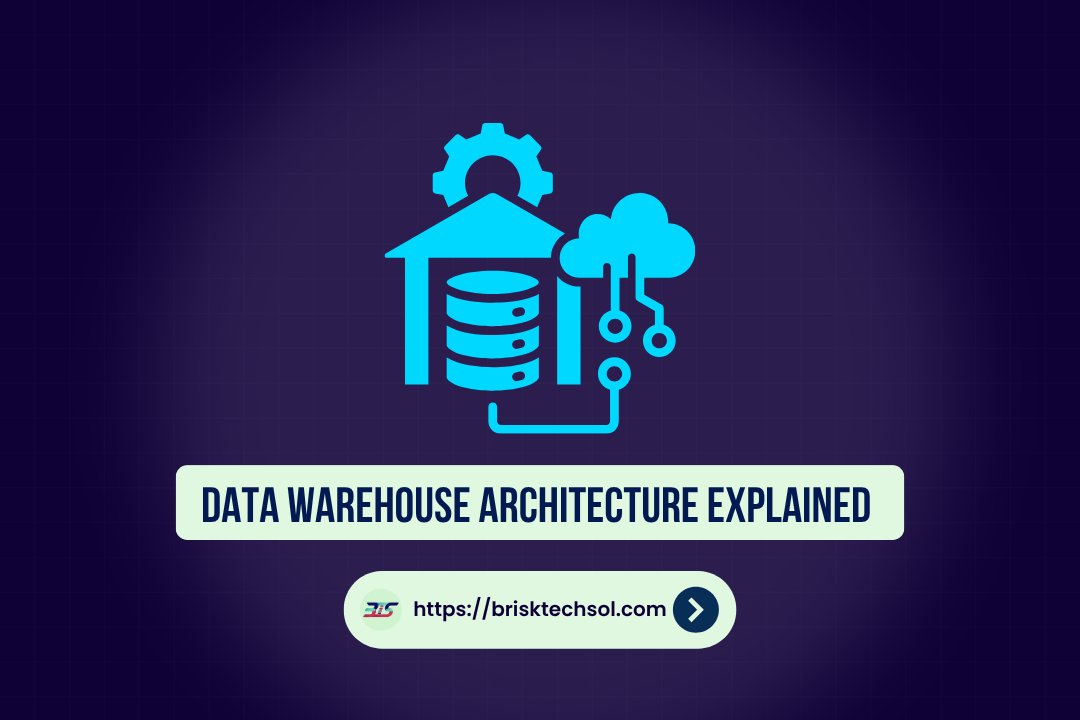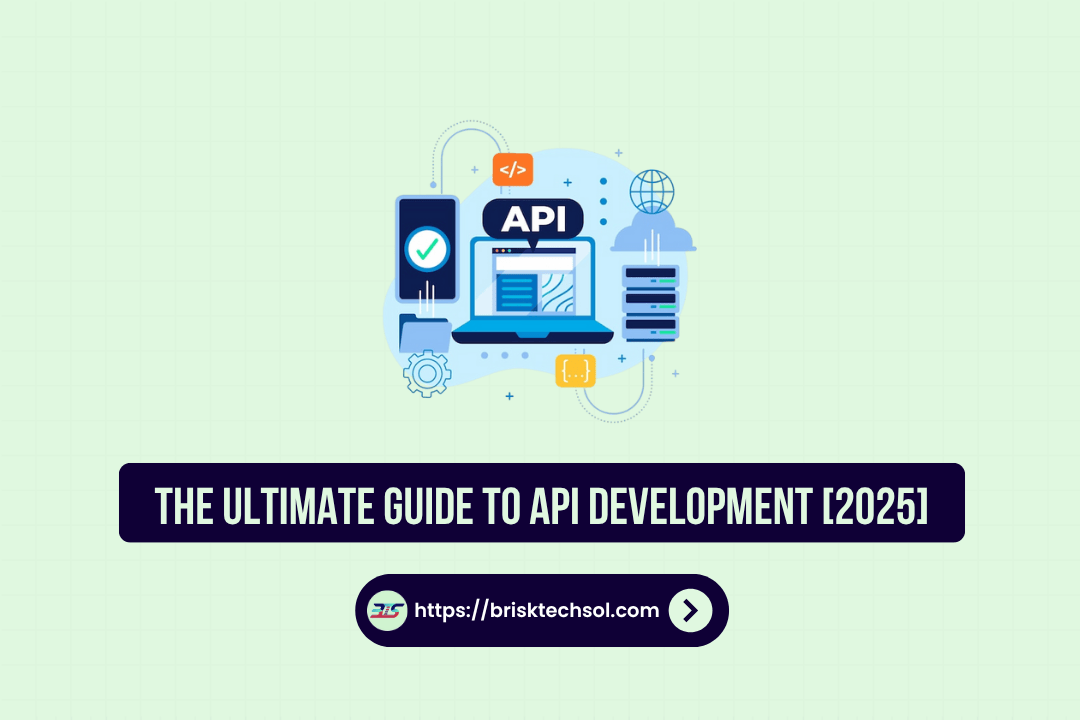In today’s dynamic project world, choosing the right pricing model can make or break your project’s success. This article compares two popular approaches Time and Materials and Fixed Fee. By examining definitions, differences, pros, cons, and industry applications, readers will gain actionable insights to make informed decisions that drive project efficiency and budget control.
Definition of Time and Materials Pricing
Time and Materials (T&M) is a flexible pricing model where clients are billed based on the actual time spent and materials used during a project. This approach is particularly beneficial when project scopes are not clearly defined at the outset. With T&M, the project cost can adjust as work evolves, allowing for iterative development and continuous refinement. It provides transparency as every hour and resource is tracked, making it ideal for agile environments. Industry experts suggest that when requirements are expected to change frequently, T&M helps mitigate the risk of underestimation and unforeseen challenges. Although this model offers considerable flexibility, it also requires careful monitoring to prevent cost overruns.
Definition of Fixed Fee Pricing
Fixed Fee pricing is a contract model where the total cost of a project is predetermined and agreed upon before work begins. This model offers a high degree of budgeting certainty, making it attractive for projects with well-defined scopes and clear deliverables. In Fixed Fee arrangements, providers assume the risk of any cost escalations, ensuring that the client receives a predictable expense structure. However, this certainty comes with the challenge of inflexibility; any changes or additional requirements may necessitate contract renegotiations
Fixed Fee contracts are common in industries such as construction and certain IT projects, where project parameters are stable and risks can be well quantified. Data from industry surveys reveal that clients prefer Fixed Fee models when budget adherence is paramount, even if it means sacrificing some flexibility in execution.
Key Differences and Comparison
Flexibility vs. Predictability
Time and Materials pricing is synonymous with flexibility. In projects where requirements are expected to evolve, this model allows for iterative improvements. Clients can introduce changes without undergoing lengthy renegotiations, and developers can adapt as needed. In contrast, Fixed Fee offers predictability. With a predetermined budget, clients have clear expectations and fewer surprises in billing. However, this stability often comes at the cost of adaptability. A quick comparison table below illustrates the core differences:
| Aspect | Time and Materials | Fixed Fee |
|---|---|---|
| Flexibility | High – adapts to changes | Low – scope is fixed |
| Budget Predictability | Variable cost | Fixed cost |
| Client Involvement | Ongoing collaboration | Defined deliverables |
Flexibility is crucial when the project’s final requirements are uncertain. On the other hand, Fixed Fee is best suited for projects with minimal changes, ensuring that both parties have a well-defined agreement from the start.
B. Risk Distribution
Risk is distributed differently in the two models. In a T&M arrangement, the client bears more risk because costs may rise as project requirements evolve. However, this risk is balanced by the benefit of adapting to real-time changes. Conversely, with a Fixed Fee, the provider absorbs much of the risk. If unforeseen issues arise, the provider must resolve them within the agreed cost, which can sometimes lead to lower margins or compromised quality. Industry statistics show that in technology projects, nearly 40% of clients reported cost escalations in T&M contracts, while only 20% faced similar issues under Fixed Fee agreements. This difference highlights the importance of risk management and transparency in contract negotiations.
C. Scope and Change Management
Scope management is another critical differentiator. Time and Materials pricing allows for incremental changes without major contract amendments. This is ideal for projects where the final outcome is refined through ongoing iterations. Fixed Fee contracts, however, are rigid; any significant changes often trigger a need for renegotiation or additional fees. As a result, clients must clearly define their project scope from the beginning. A well-structured scope document minimizes disputes and ensures that deliverables remain within budget. A quick side-by-side comparison can be useful:
| Factor | Time and Materials | Fixed Fee |
|---|---|---|
| Scope Flexibility | High – adaptable to ongoing changes | Low – requires strict initial definition |
| Change Management | Continuous review and adjustments | Formal change order process |
D. Cost Estimation and Budgeting
Cost estimation differs markedly between the two models. T&M relies on real-time tracking and estimates that adjust as work progresses, making budgeting a continuous process. Fixed Fee requires upfront detailed planning and estimation, leaving little room for error. While T&M provides the flexibility to manage unforeseen changes, Fixed Fee ensures budget discipline but may necessitate compromises if adjustments are needed during the project lifecycle.
Pros and Cons of Each Model
Pros of Time and Materials
Time and Materials pricing provides unmatched flexibility. It allows clients to modify project requirements as new insights emerge, fostering innovation and agile development. This model supports a transparent billing process where every hour worked and material used is accounted for. Additionally, T&M encourages ongoing client engagement, leading to a collaborative approach that can yield high-quality outcomes. In fast-paced industries such as software development, T&M can adapt to rapid technological changes and evolving market needs.
Cons of Time and Materials
The major drawback of Time and Materials is the potential for cost overruns. Without a fixed budget, projects can spiral financially if not carefully managed. Clients may find it challenging to forecast the final cost, especially if project requirements continuously evolve. This model requires robust project management and frequent communication to keep costs in check. Moreover, the open-ended nature of T&M contracts can sometimes lead to disputes over what constitutes billable work. These challenges underscore the need for clear guidelines, regular status updates, and a mutual understanding of deliverables.
Pros of Fixed Fee
Fixed Fee pricing offers clear budgeting and financial predictability. Clients appreciate the certainty of knowing the total project cost from the start, which simplifies financial planning and resource allocation. This model shifts the cost overrun risk to the service provider, incentivizing efficiency and adherence to deadlines. Fixed Fee contracts are particularly beneficial for projects with well-defined scopes and deliverables. The predetermined cost structure can also foster competitive bidding among providers, ultimately benefiting the client with cost savings and accountability.
Cons of Fixed Fee
Despite its benefits, Fixed Fee pricing has limitations. The rigidity of this model can stifle innovation if changes become necessary during project execution. Providers may be forced to cut corners or negotiate change orders if unexpected challenges occur. This inflexibility often results in prolonged negotiations or additional fees, which can strain the client-provider relationship. Furthermore, the pressure to deliver within a set budget may lead to conservative project planning, reducing the opportunity for creative problem-solving. In some cases, fixed pricing might not fully capture the complexity or unique aspects of the project, leading to suboptimal outcomes.
Decision Factors and Best Practices
When to Choose Time and Materials
Opt for the Time and Materials model when your project scope is likely to evolve. This model is ideal for startups, R&D projects, or any project in a rapidly changing market environment. The key decision factors include:
- Scope Ambiguity: If your project requirements are not entirely clear, T&M allows for adjustments as new insights arise.
- Innovation Needs: Projects that rely on iterative improvements and continuous testing benefit from T&M.
- Client Involvement: A model that requires close collaboration and frequent feedback.
- Risk Tolerance: Clients must be comfortable with variable costs and active project management to control expenses.
B. When to Choose Fixed Fee
Fixed Fee is best suited for projects with clearly defined scopes and deliverables. When budgeting predictability is paramount, and the project requirements are unlikely to change, a Fixed Fee contract minimizes risk and offers financial certainty. Key factors include:
- Well-Defined Scope: Projects with complete planning and minimal expected changes.
- Budget Constraints: When securing funding or managing cash flow is critical.
- Risk Transfer: Clients who prefer to shift cost overrun risks to the service provider.
- Vendor Accountability: A clear, fixed budget can drive providers to optimize efficiency and adhere to deadlines.
By evaluating these decision factors against your project’s unique requirements, you can choose the pricing model that best aligns with your strategic goals.
Conclusion
Choosing between Time and Materials and Fixed Fee pricing models is a strategic decision that impacts project success. Understanding each model’s strengths and weaknesses allows stakeholders to align their risk tolerance, budget constraints, and innovation needs effectively. Ultimately, a well-informed choice leads to improved project outcomes and sustained business growth.
FAQ’S
What is the main difference between Time and Materials and Fixed Fee pricing?
T&M pricing offers flexibility by billing based on actual work and resources used, whereas Fixed Fee pricing provides a predetermined, stable cost once the project scope is defined.
Which pricing model is best for projects with evolving requirements?
The Time and Materials model is ideal for projects where requirements are likely to change, allowing for iterative adjustments and continuous improvements.
How do risk factors differ between the two pricing models?
In T&M contracts, clients bear more risk because costs can increase with scope changes, while Fixed Fee contracts shift much of the financial risk to the provider by setting a fixed budget upfront.
Can both pricing models be combined in a single project?
Yes, many industries now adopt hybrid models that incorporate elements of both T&M and Fixed Fee, balancing flexibility with budget certainty.
Which industries benefit most from each pricing model?
IT and software development projects often prefer T&M due to their dynamic nature, whereas industries like construction favor Fixed Fee for its predictable budgeting and defined deliverables.









